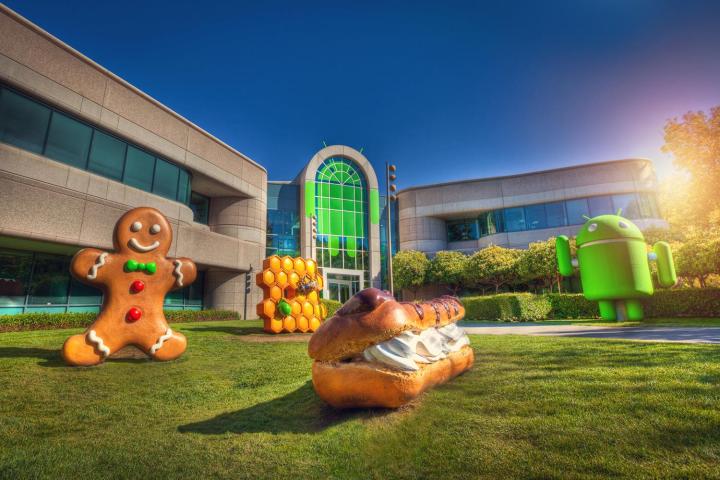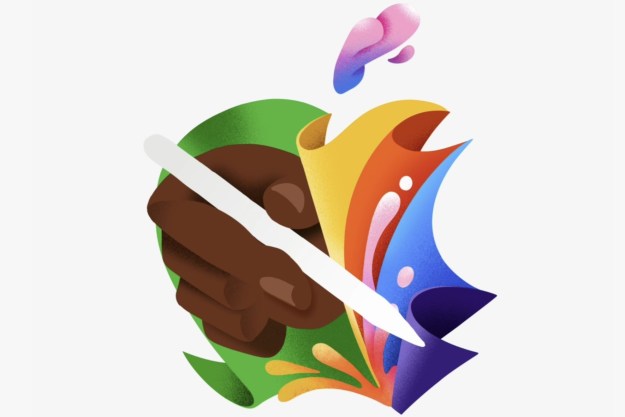
Google has seen, clearly, taken the world by storm with Android, its mobile operating system. At last count, IDC said Android controlled nearly 80 percent of the global market, with its closest competitor, Apple’s iOS, on a mere 13 percent. As phone buyers, we were first introduced to Android on October 22, 2008, one of its triumphant moments. But how did Android get so big? Here are more of its greatest achievements.
Google acquires Android Inc
Android Inc. was 22-months old when Google acquired it in mid-2005, for a reported $50 million, and the mobile world was a very different place. Apple hadn’t released an iPhone, and your only real choice of smartphone was one powered by BlackBerry, Symbian, or Windows Mobile. Hardly an exciting prospect today.
Google acquired Android for a measly $50 million, which was later described as the “best deal ever.”
At the time, nobody had any idea what was to come from the partnership. Bloomberg’s coverage of the acquisition on August 16, 2005 only vaguely talked of a mobile operating system. A Google spokesperson said simply: “We acquired Android because of the talented engineers and great technology.”
Two years later, things became clear, as the Open Handset Alliance was established, and the open source Android mobile OS was revealed.
The T-Mobile G1/HTC Dream is launched
It took a year after the formation of the Open Handset Alliance before the public could go out and buy a smartphone with Android installed on it. The first phone has since become a classic, the T-Mobile G1, or the HTC Dream as it was known outside America. By today’s standards, it’s a dinosaur. It had a 3.2-inch touchscreen – capacitive, mind you – with a 320 x 480 pixel resolution, a 528MHz processor, a 3-megapixel camera, and an unusual flip-out screen which revealed the physical keyboard.
Just as it’s hard to imagine how different the mobile world was in 2005, it’s equally as difficult to think about the impact of the T-Mobile G1 and Android. Apple introduced the iPhone around a year beforehand, but it was already a hardware and software manufacturer, and the iPhone was a logical progression. Google, Android, and the G1 were very different.

The G1, built by then-newcomer HTC, wasn’t the most impressively specced device. It didn’t have a 3.5mm headphone socket, at a time when Sony was continually criticized for its use of a proprietary port, and the battery life was woeful. There was no Microsoft Exchange support, or a way to view Microsoft Office documents. In other words, it was as flawed as every other smartphone of the day.
However, what the G1, and to an oddly lesser extent the Dream, had was charm. The hardware was solid, and you knew the software had potential. The whole package made it the lovable underdog, a personality which Google – now far from the underdog – somehow bizarrely maintains to this day.
The Android Market/Google Play opens its doors
The Android Market first launched at the end of October 2008, when all content was free, before paid apps being introduced in early 2009. For the next few years it grew in size and popularity, before incorporating Google’s other digital content stores, and being rebranded as Google Play. Earlier this year, Google passed the one million available apps checkpoint, and more than 50 billion apps have been downloaded since it opened.

Unlike the iTunes App Store, Google Play isn’t the only place you can download Android apps, with Amazon’s Appstore being one of the most popular, and Google even allows companies to open their own private stores with apps built for their own uses. Arguably, Android owes a vast amount of its success to Google Play and the developers who fill it with applications.
Google changes the tablet world with the Nexus 7
After the T-Mobile G1, none of Google’s hardware releases have had half the impact of the Nexus 7 tablet. At the beginning of 2012, Apple’s “new” iPad – that’s the iPad 3 to you and me – accelerated the company to a nearly 60 percent share of the tablet market, and its closest Android rival was Samsung, with just 10 percent market share. When it came to tablets, Android was dead in the water.

Not only was the Nexus 7 great for customers, it proved there was room for more low-price, high-spec Android tablets to challenge Amazon’s Kindle Fire and the iPad. After Amazon’s tablet, we have the Nexus 7 to thank for the wealth of Android tablets on sale today, but it’s a credit to Google and Asus that the Nexus 7 – in either 2012 or 2013 guise – is still the one most worth buying.
One billion Android activations
Just over a month before its fifth birthday, Google took a major step closer to putting an Android device, “In the hands of everybody,” when the milestone of one billion activations was passed. The news was announced by Android boss Sundar Pichai, who tweeted, “We now have over one billion Android activations and hope this guy in front of the building keeps that momentum going.” His message was accompanied by a picture of the newly erected Android 4.4 KitKat statue. What made the news especially impressive, is it came just four months after 900 million activations were surpassed.
Google’s Eric Schmidt was right on the money with his prediction of when this massive figure would be reached, as in a late April interview, Schmidt said he expected the one billion mark to be achieved in six to nine months time, as they were seeing around 1.5 million activations each day.
Google used the one billion figure to promote Android 4.4 KitKat, while making its intentions for the future clear on the preview page, saying the new version will, “Make an amazing Android experience available for everybody.” How long until we get to two billion Android phones? Two years’ time? Less? Its popularity is still surging, and it certainly shows no sign of slowing down.
So, of all Google’s achievements with Android, we think these five are right up at the top of the list. What about you? What moments stick out to you?




